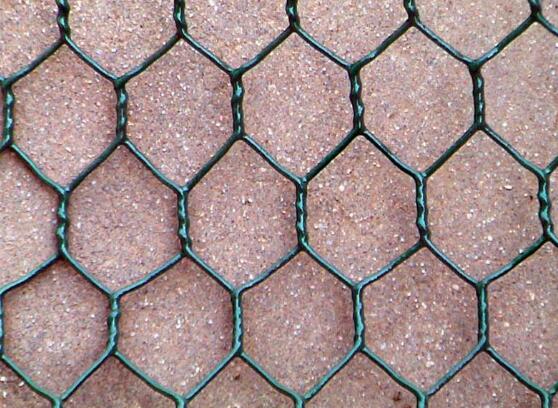Understanding Perforated Plate Sizes A Comprehensive Guide
Perforated plates, often referred to as perforated sheets or screens, are materials that have a series of holes or slots punched into them. These plates come in various sizes and configurations, allowing them to serve a multitude of applications across different industries, from construction and architecture to filtration and HVAC systems. This article provides a detailed overview of perforated plate sizes, their significance, and factors to consider when selecting the right size for your specific needs.
Importance of Plate Sizes
The size of a perforated plate is crucial as it dictates its functionality and application. For instance, the hole pattern, size, and spacing directly affect properties such as airflow, material strength, and load-bearing capacity. In industries like construction, the right perforation size can significantly influence a structure's aesthetic appeal and its performance in terms of ventilation, light transmission, and acoustic properties.
Common Sizes and Patterns
Perforated plates are available in a variety of standard sizes, typically measured in thickness, width, and length. The most common thicknesses range from 0.5mm to 6mm, while widths and lengths can vary greatly depending on the manufacturer’s specifications. The standard size formats often include sheets measuring 4x8 feet, which can be easily customized to fit specific project requirements.
In terms of hole patterns, perforated plates can feature round, square, or decorative shapes. The size of the holes can vary from tiny micro perforations measuring just 1mm to larger holes exceeding 50mm in diameter. The choice of hole size will impact the plate’s strength and the flow characteristics of air or liquid passing through it.
Selecting the Right Size
perforated plate sizes

When determining the appropriate perforated plate size for your project, several factors must be considered
1. Application The intended use of the plate is paramount. For example, if the perforated plate is used in a filtration system, the hole size must be smaller than the contaminants being filtered. Conversely, for applications requiring high airflow, larger holes may be more suitable.
2. Material The type of material from which the perforated plate is made can also influence size selection. Common materials include stainless steel, aluminum, and plastic, each with different strengths and weight capacities.
3. Aesthetic Considerations In architectural applications, the visual impact of the perforated plate may play a significant role. Designers often choose specific hole patterns and sizes to create unique visual effects while maintaining functionality.
4. Load-Bearing Requirements If the perforated plate is part of a load-bearing structure, it is essential to consider the mechanical requirements and choose a size that ensures safety and stability.
Conclusion
In summary, understanding perforated plate sizes is essential for making informed decisions whether it’s for industrial applications, construction projects, or aesthetic enhancements. By carefully evaluating the factors that influence size selection, including application, material, aesthetic considerations, and load requirements, you can ensure that your choice of perforated plate meets both functionality and design needs. With the right perforated plate size and pattern, you can achieve optimal performance and visual appeal, making it a versatile component in numerous industries.

















